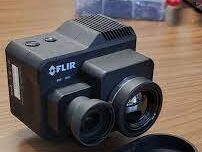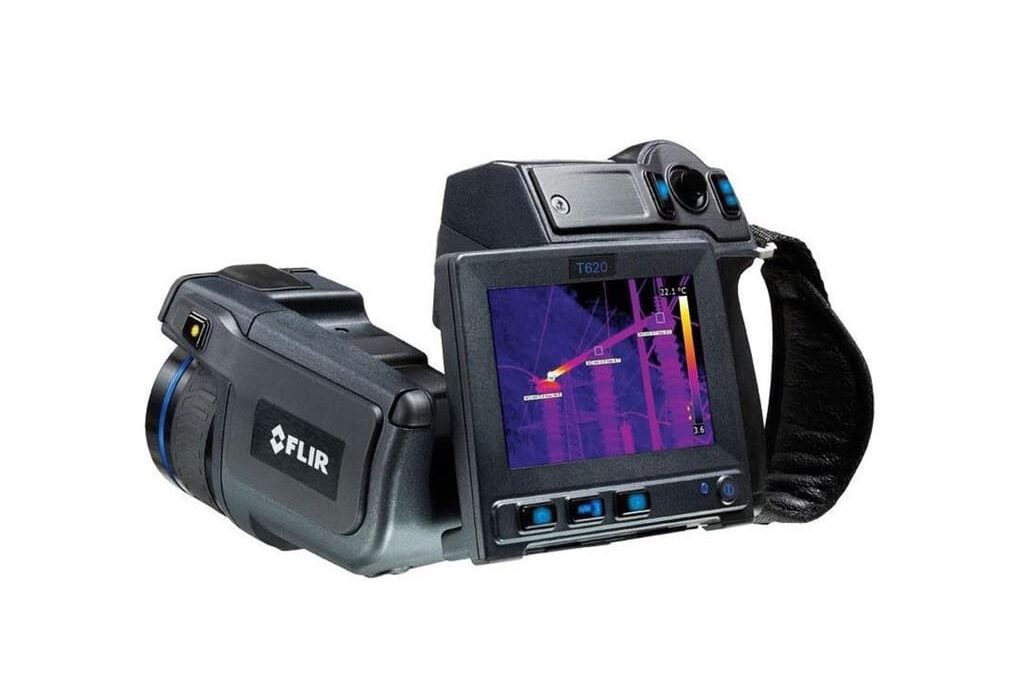Exploring FLIR Cameras: Revolutionizing Thermal Imaging Technology
- Discover the innovative FLIR Camera technology, its applications, benefits, and more. Learn why FLIR Cameras are a game-changer in thermal imaging.
FLIR Cameras, structured according to your specifications
In the realm of advanced imaging technology, FLIR Cameras stand out as a beacon of innovation. From detecting heat signatures in the dark to monitoring industrial processes, FLIR Cameras have redefined how we perceive our surroundings through thermal imaging. This comprehensive guide dives deep into what makes FLIR Cameras indispensable tools across various industries.
What is FLIR Camera?
FLIR, which stands for Forward Looking Infrared, refers to a type of thermal imaging technology used to detect infrared radiation. Unlike traditional cameras that capture visible light, FLIR Cameras visualize heat emitted by objects, producing images based on temperature differences.
How FLIR Camera is Used
FLIR Cameras find extensive use in diverse fields, including:
- Security and Surveillance: Monitoring premises at night or in low-light conditions.
- Building Inspections: Identifying insulation issues and detecting moisture.
- Electrical Inspections: Locating overheating components in electrical systems.
- Firefighting: Locating hotspots and monitoring fire spread.
- Medical Diagnostics: Identifying circulation issues and fever detection.


Battery and Status
FLIR Cameras are equipped with rechargeable batteries that vary in capacity depending on the model. The status indicators on FLIR Cameras typically display battery life, temperature range, and operational mode, ensuring users have real-time information during use.
Key Features
| Feature | Description |
|---|---|
| High Resolution Imaging | Captures detailed thermal images with clarity and precision. |
| Multiple Color Palettes | Offers various color schemes for enhanced image analysis and interpretation. |
| Mobile Integration | Allows connectivity with smartphones for remote operation and data sharing. |
| Rugged Design | Built to withstand harsh environments, ensuring durability and reliability. |
| Real-Time Analysis | Provides instant feedback on temperature differentials and anomalies. |
For more information, visit https://comparenbuy.co.uk/
Advantages of FLIR Camera
- Enhanced Vision: Sees in complete darkness and through smoke.
- Improved Safety: Identifies potential hazards before they escalate.
- Cost Savings: Prevents equipment failures and reduces downtime.
- Versatility: Applicable across diverse industries and applications.
Disadvantages of FLIR Camera
- Costly Investment: Initial purchase and maintenance can be expensive.
- Complex Interpretation: Requires training to interpret thermal images accurately.
- Limited Resolution: High-resolution models can be costly and bulkier.
Cost
The cost of FLIR Cameras varies based on model and features, ranging from budget-friendly options for personal use to high-end models designed for professional applications. Prices typically start from $1,000 and can exceed $10,000 for advanced models.

Conclusion
In conclusion, FLIR Cameras represent a technological leap in thermal imaging, offering unparalleled capabilities in detecting heat signatures and visualizing temperature differentials. Whether used for industrial inspections, security monitoring, or medical diagnostics, FLIR Cameras continue to redefine how we perceive and interact with our environment through thermal imaging.
FAQ
Q: How does a FLIR Camera differ from a traditional camera?
A: FLIR Cameras detect infrared radiation (heat) emitted by objects, whereas traditional cameras capture visible light.
Q: Are FLIR Cameras suitable for home use?
A: Yes, FLIR Cameras are available in models suitable for personal and home use, such as detecting energy inefficiencies and insulation problems.
Q: What industries benefit most from FLIR Camera technology?
A: Industries such as firefighting, electrical maintenance, building inspection, and law enforcement extensively utilize FLIR Cameras for their thermal imaging capabilities.

